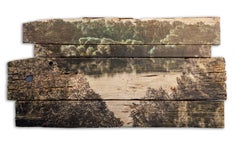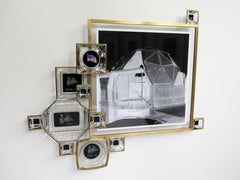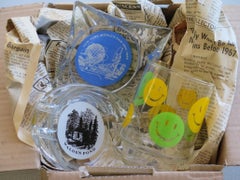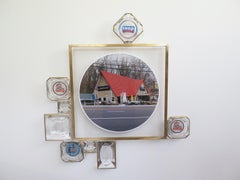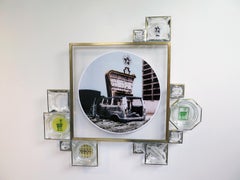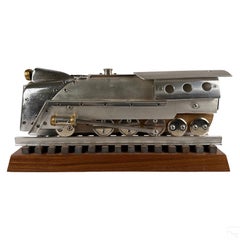Found Objects Landscape Photography
2010s Conceptual Found Objects Landscape Photography
Found Objects, Photographic Paper
2010s Assemblage Found Objects Landscape Photography
Metal
2010s Assemblage Found Objects Landscape Photography
Metal
2010s Assemblage Found Objects Landscape Photography
Metal
2010s Assemblage Found Objects Landscape Photography
Metal
2010s Assemblage Found Objects Landscape Photography
Metal
2010s Assemblage Found Objects Landscape Photography
Metal
2010s Contemporary Found Objects Landscape Photography
Photographic Paper, Screen
2010s Assemblage Found Objects Landscape Photography
Steel, Stainless Steel
Early 2000s Modern Found Objects Landscape Photography
Porcelain
2010s Contemporary Found Objects Landscape Photography
Metal
Early 2000s Modern Found Objects Landscape Photography
Porcelain
21st Century and Contemporary Contemporary Found Objects Landscape Photography
Photographic Film, Color, Archival Paper, Photographic Paper
21st Century and Contemporary Romantic Found Objects Landscape Photography
Polaroid, Photographic Film, Archival Paper, Photographic Paper
21st Century and Contemporary Contemporary Found Objects Landscape Photography
Photographic Film, Photographic Paper, Black and White, Polaroid
2010s Abstract Found Objects Landscape Photography
Glass, Archival Pigment
1990s Assemblage Found Objects Landscape Photography
Metal
21st Century and Contemporary Contemporary Found Objects Landscape Photography
Brass, Copper, Steel
2010s Contemporary Found Objects Landscape Photography
Metal, Steel, Iron
Found Objects landscape photography for sale on 1stDibs.
Read More
This Photo of the Salton Sea Captures a Serene Moment Amid an Environmental Disaster
Addison Jones shares how she got this gorgeous minimalist shot while immersed in the stink of dead fish.
This Photo of Big Sur Reveals the Awesomeness and Intimacy of Nature
When a beachcomber accidentally stepped in front of Jeffrey Conley’s camera, a perfect moment was captured.
Savor Ansel Adams’s Landscapes and Those of His Ambitious Successors
A new exhibition examines images by the master photographer alongside works by photographers who influenced him and contemporary creators.
These Artists Are Changing the Nature of Landscape Photography
Developing images using contaminated water or printing them on expired photo paper are just a couple of ways today's talents are putting their own spin on tradition.
